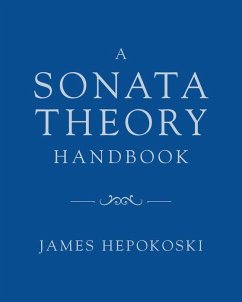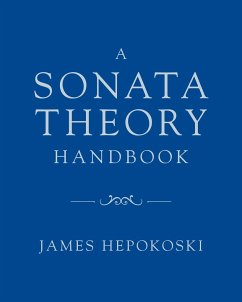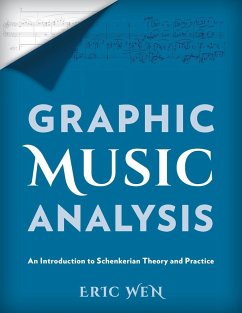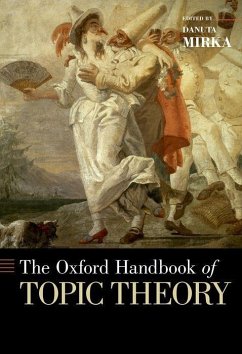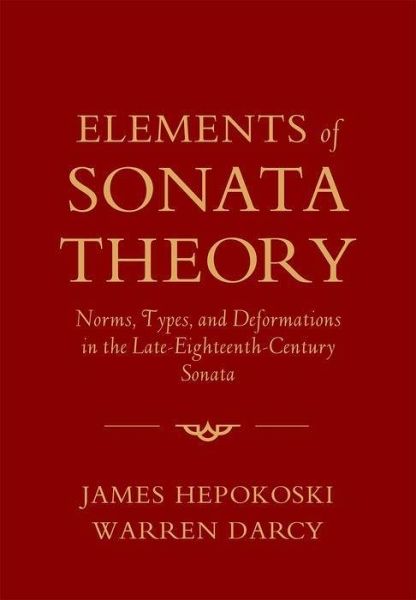
Elements of Sonata Theory
Norms, Types, and Deformations in the Late-Eighteenth-Century Sonata
Versandkostenfrei!
Versandfertig in 1-2 Wochen
91,99 €
inkl. MwSt.

PAYBACK Punkte
46 °P sammeln!
Elements of Sonata Theory is a comprehensive rethinking of the basic principles of sonata form in the decades around 1800. This foundational study outlines a new, up-to-date paradigm for understanding the compositional choices found in the instrumental works of Haydn, Mozart, Beethoven: sonatas, chamber music, symphonies, overtures, and concertos.



